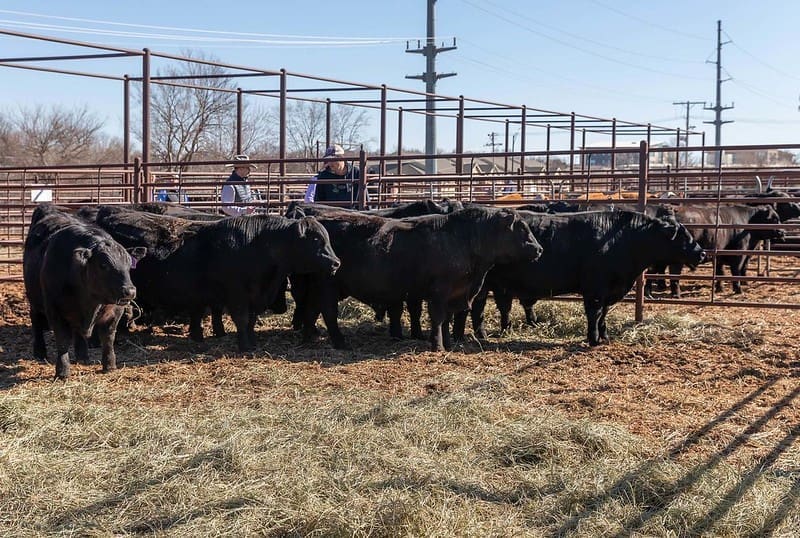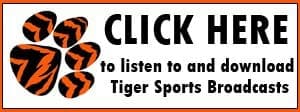Successful business owners often agree that selecting high-quality products is key to their success. For cow-calf operations, choosing the right bull is crucial for the ranch’s profitability, according to experts from Kansas State University’s Beef Cattle Institute on a recent Cattle Chat podcast.
The first step in selecting a bull is establishing a budget, says K-State agricultural economist Dustin Pendell. Producers should consider the value the bull will bring to the herd, including potential future calf sales, and ensure that the bull’s qualities align with the operation’s goals and available resources.
For herds breeding replacement heifers, K-State beef cattle nutritionist Phillip Lancaster notes that the bull’s genetic contribution is also important. Buying a bull is a long-term investment in genetic change, not just about adding weight to calves in the short term. However, a terminal sire, which doesn’t impact the herd’s long-term genetics, is an exception.
When selecting yearling bulls, health evaluations, including a breeding soundness exam, are essential. K-State veterinarian Bob Larson explains that bulls are typically tested between 11 and 15 months of age, with younger bulls sometimes needing retesting.
Once purchased, yearling bulls should be transitioned from a grain-based diet to a forage-based diet before being turned out with the cows. This helps the bull adjust and avoid losing body condition.
Experts recommend that a yearling bull can handle one cow per month of age. For example, a 15-month-old bull should be paired with 15 cows, while mature bulls can manage more breeding pressure.













